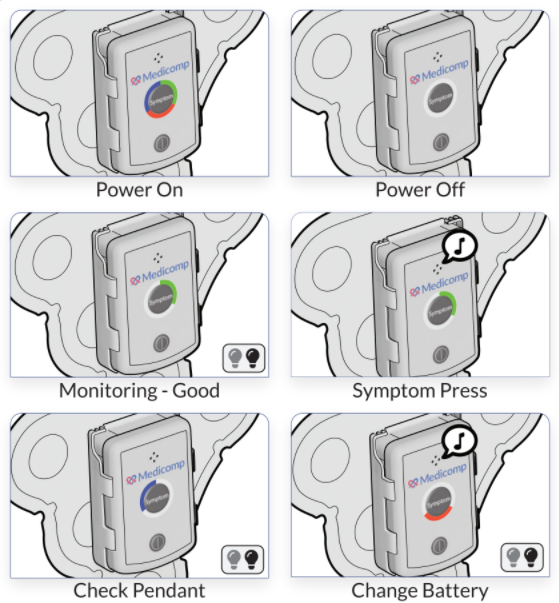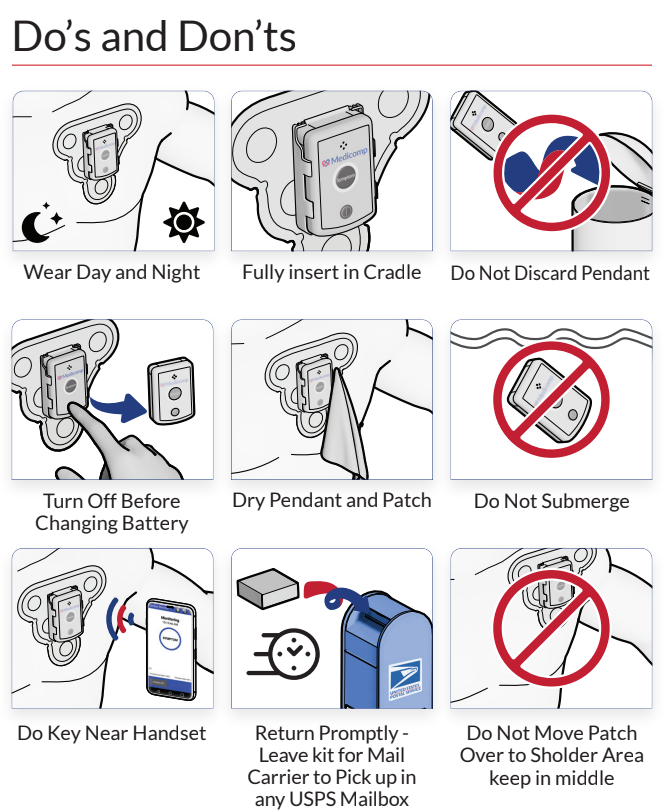Artificial intelligence (AI) has taken center stage in many realms of science. It sounds like a surreal concept that overestimates computers and underestimates human intellect. However, ReactDx’s Diogenes algorithm is artificial intelligence technology at its peak. This remarkable programming marvel is the basis of all ReactDx’s portable cardiac monitors, not just the top-of-the-line models.
Every patient is different, and their heartbeats, while being similar in a broad sense, are specific to that person. With the Diogenes algorithm and pattern recognition, the small anomalies that create each patient’s unique heartbeat pattern are analyzed to determine if they have strayed from the norm. This baseline is referred to throughout the day to determine if current or past patterns show significant changes. In fact, the Diogenes algorithm has the capacity to recognize up to 40 varieties of cardiac arrhythmias and ischemia with a 99 percent accuracy and sensitivity rating when compared to MIT and AHA database Gold Standards.
Diogenes monitors all four indices of the ECG: Rate, Rhythm, Morphology, and P-wave. If an abnormality is detected, the monitor notifies a ReactDx Cardiac Monitoring Center. The data is verified by humans, who are highly skilled cardiac monitoring technicians, who then forward the information to the patient’s physician. If an extraordinary arrhythmia is reported by the ReactDx monitor, the physician is notified immediately.
Standard portable cardiac monitors measure only two indices, rate, and rhythm, which does not provide enough pertinent, life-saving information. ReactDx changed the standard 30 years ago with their line of Holter monitors that exceeded all expectations and brought technology to a new level in heart rate monitors. But ReactDx did not raise the bar once and leave it at that level. Rather, we continually update our monitors utilizing readouts from the tens of thousands of monitors our customers have used in the past three decades. ReactDx’s Diogenes beat-by-beat analyzing algorithm senses long pauses other monitors tend to overlook, determines even a short run of atrial fibrillation lasting mere seconds, recognizes P-wave arrhythmias that signal a 2nd-degree heart block and reacts to ventricular arrhythmias lasting less than the standard 16 beats, which can signal ventricular tachycardia.
Find out what you are missing by contacting ReactDx online or at 800-23-HEART to learn how our Diogenes algorithm exceeds your expectations. You’ll find our portable cardiac monitors combine the technology of several of our competitors’ models to give one overall, focused picture on the cardiac health of each of your patients.



